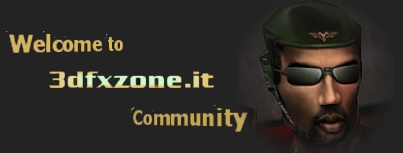- Welcome to 3dfxzone.it WorldWide Community
Notice ~
We have upgraded 3dfxzone english board: notice and user feedback hereFSAA Shootout review by planet hardware
Started by ElvIsAlive007, 01 April 2003, 16:46:12
Previous topic - Next topic
User actions
